Riding the Interest-Rate Wave
By Dan Vittone, SIOR, Principal, Capital Markets Group: How should commercial real estate owners position their portfolios moving forward in advance of the rising interest rate market?
By Dan Vittone, SIOR, Principal, Capital Markets Group
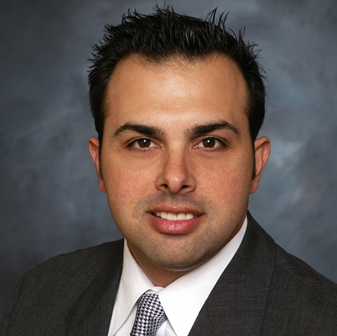 We all witnessed the recent volatility in the stock market that was spurred by commentary from Federal Reserve Chairman Ben Bernanke, on the potential unwinding of quantitative easing. The commercial real estate industry also took a collective breath when 10-year Treasury yields increased over 100 basis points over a 45-day window in response to his commentary. None of this should come as a surprise as many experts have stated for years that interest rates have only one direction to move.
We all witnessed the recent volatility in the stock market that was spurred by commentary from Federal Reserve Chairman Ben Bernanke, on the potential unwinding of quantitative easing. The commercial real estate industry also took a collective breath when 10-year Treasury yields increased over 100 basis points over a 45-day window in response to his commentary. None of this should come as a surprise as many experts have stated for years that interest rates have only one direction to move.
But how should commercial real estate owners position their portfolios moving forward in advance of the rising interest rate market? Many expect that a rate hike, whenever it happens, will be neither final nor fatal. Some deals in the hopper might stall or fail when news hits the street that the Fed will either slow down their purchase of bonds or otherwise seek to raise the Fed Funds Rate.
Capitalization rates across the board for the most part have compressed considerably since the onset of the Great Recession as a result of record-low financing and limited available product. As the economy continues to rebound in a relatively slow and methodical manner, many owners who purchased commercial assets prior to the recession and still own them will likely continue to wait for the market to recover before exiting those holdings. We would caution those owners to see how far their property values have recovered to date because increasing interest rates will only serve to increase capitalization rates and lower property values. Moreover, based on our analysis, rents would have to move approximately 15 percent to account for another 100 basis point move in the 10-year Treasury.
From a contrarian standpoint, and further fueled by lack of properties to purchase and the attractiveness of commercial real estate as an investment vehicle, the spreads of capitalization rates over Treasury bond yields should compress from current levels. This might ultimately leave cap rates flatter over the short-term, but we would expect that interest rates will increase at a faster rate for a couple of years as the economy strengthens, thus again leading to higher cap rates.
Of late, investors have softened their position on opportunistic investments, lowering their investment hurdles from the high-teen to low 20 percent range (on a leveraged basis) to mid-teens. Furthermore, as the economy recovers, there will be less of these opportunities and investors will continue to lower yield expectations merely to “get in the game” and purchase product rather than opting to sit on the sidelines for the proverbial home-run opportunity.
Buyers in today’s market would be mindful to secure longer term debt commitments with maturities set outside their expected hold periods provided they can do so without exorbitant prepayment penalties. This acquisition strategy provides flexibility on the exit as prospective buyers might elect (and hopefully pay a premium) to assume the existing low-interest debt on the property in what is expected to be a rising interest rate market.

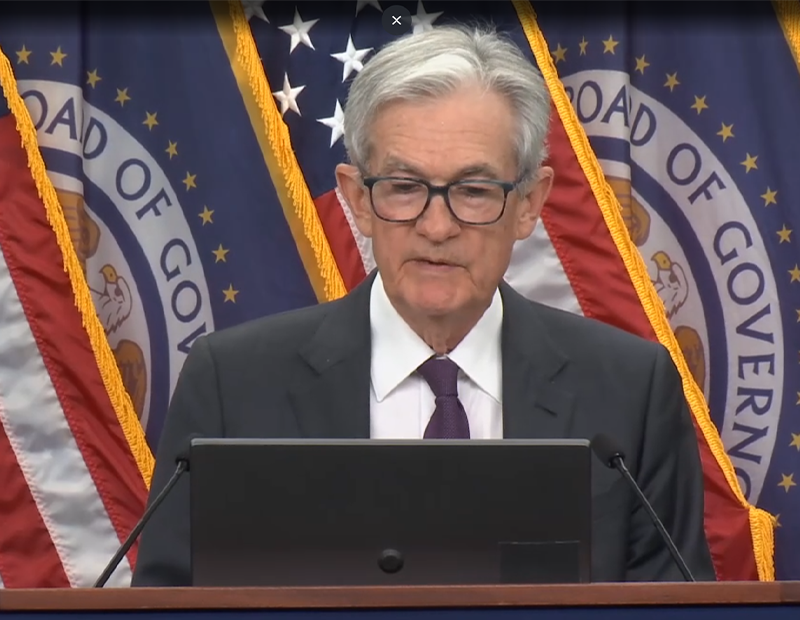
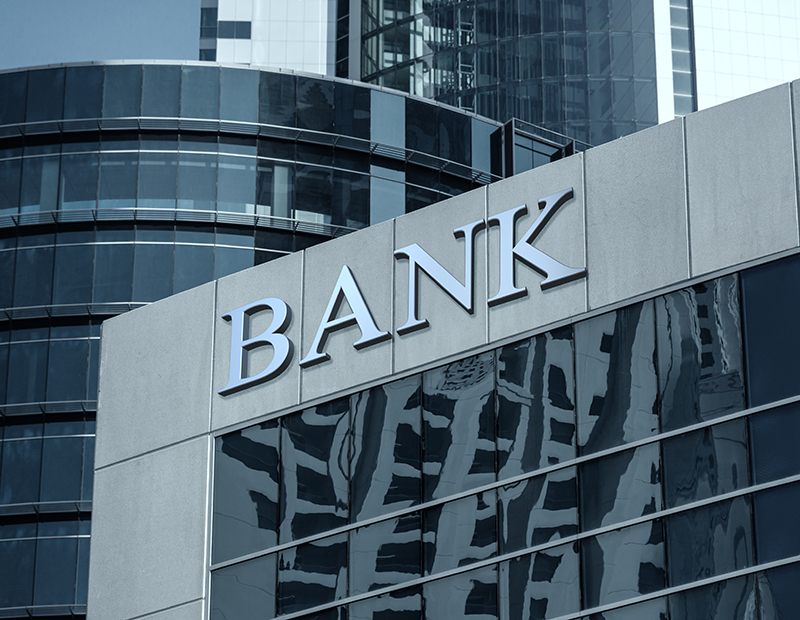

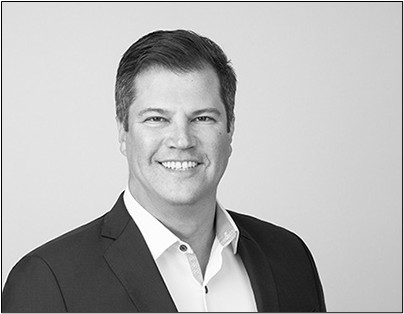

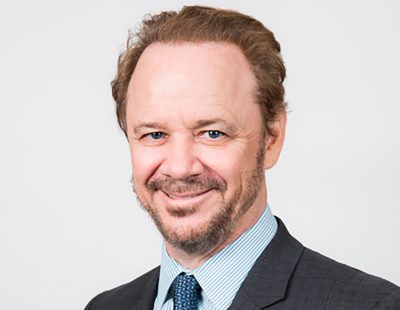
You must be logged in to post a comment.